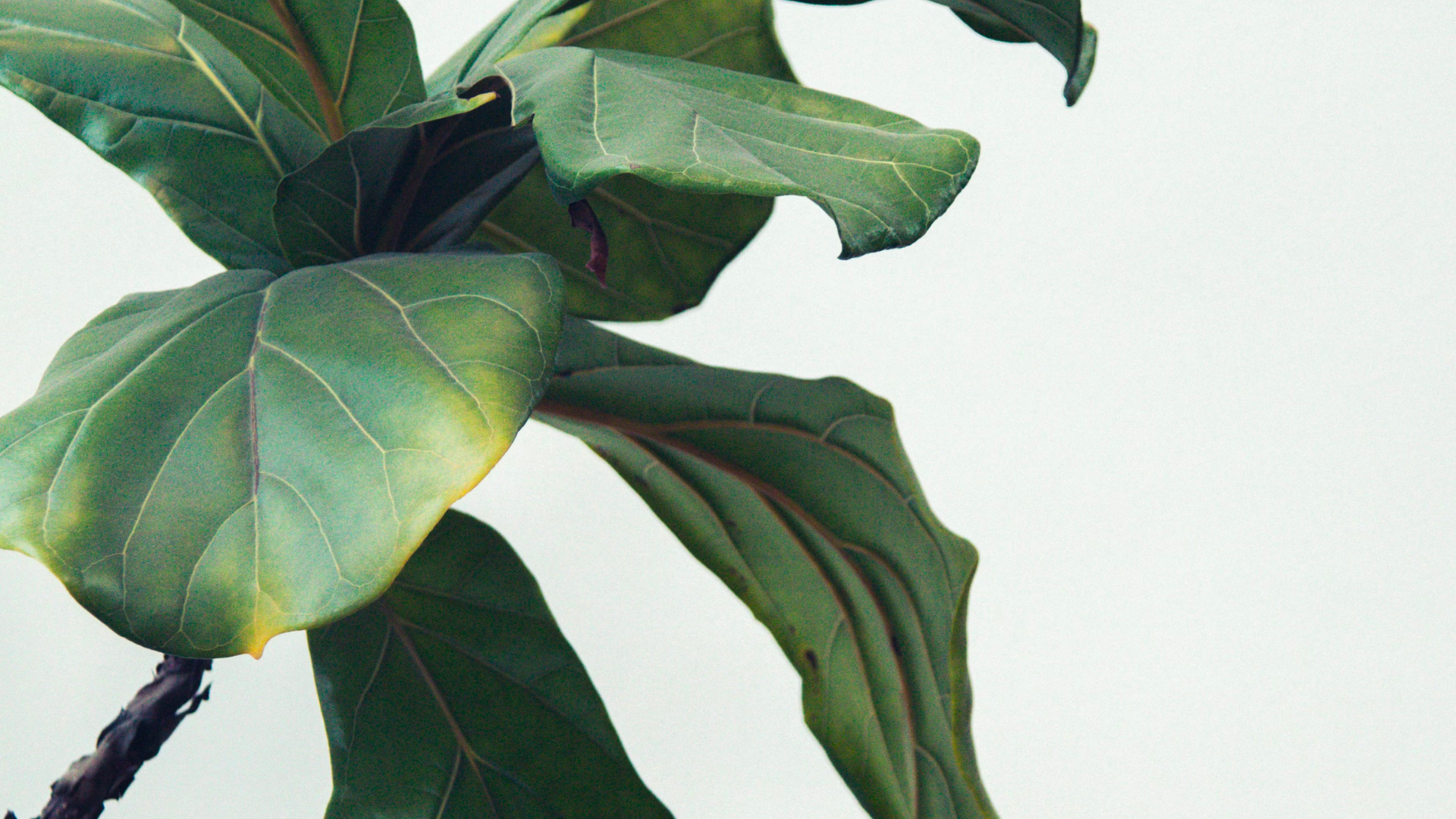| Issue | Possible Causes | Solution |
| Yellowing leaves and leaf drop | Root rot due to overwatering. | Maintain a watering schedule that allows the top 1-2 inches of soil to dry before watering. |
| Poor drainage of the substrate. | A well-draining mix that retains some moisture while allowing excess water to escape is ideal. Our recommendation: 60-70% Potting Soil 20-30% Perlite 10-20% Coco Coir | |
| Lack of essential nutrients in the substrate. | During the growing season (spring and summer), apply a balanced, water-soluble fertilizer every 4-6 weeks, using a diluted solution to prevent overfertilization. | |
| Yellowing leaves. | Fungal disease. | Remove affected leaves, improve ventilation, and avoid overwatering to prevent fungal issues |
| Leaf spots, wilting or browning. | Fungal disease. | Remove affected leaves, improve ventilation, and avoid overwatering to prevent fungal issues |
| Dry, crispy leaves or browning leaf edges. | Underwatering. | Maintain a watering schedule that allows the top 1-2 inches of soil to dry before watering. |
| Low humidity. | Elevate the humidity levels by misting its leaves, use a humidity tray, or introduce a humidifier to the vicinity. | |
| Leggy growth, small new leaves, and leaf drop | Insufficient light. | Place your plant in a location with bright, indirect light. Make sure to avoid direct light however, as it will scorch the leaves. |
| Leggy growth and losing its attractive shape. | Pruning neglect. | Prune your FLF selectively to encourage branching and maintain its desired form. |
| Yellow or speckled leaves, webbing. | Pests. | Common pests for FLFs include spider mites and mealybugs. Regularly inspect your plant and treat infestations with insecticidal/potassic soap or neem oil. |
If you still have an issue with your ficus lyrata or fiddle leaf fig, please feel free to reach out to our community, join a plant care workshop or sign up for our gardening services in Barcelona or Madrid.
